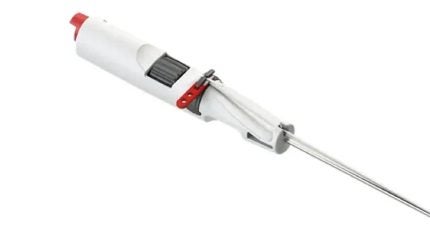
The Orthopaedic Implant Company (OIC) has introduced the OIC Flex-Fix System, a new addition to its value-based orthopaedic care solutions, to treat ankle injuries.
Intended to simplify procedures and reduce treatment costs, the system is designed to improve the treatment of syndesmotic injuries, often caused by severe ankle rotations or rolls.
The Flex-Fix System is designed to offer a solution for syndesmotic injuries, with or without associated ankle fractures.
Its design allows use alongside bone plates or as an independent treatment for various procedural needs.
OIC CEO Itai Nemovicher said: “The Flex-Fix System is a leap forward in treating syndesmotic injuries with a value-based mindset. It represents OIC’s commitment to innovation, patient care and cost-effectiveness.
“By simplifying the procedure and reducing the need for additional hardware, Flex-Fix is set to drastically reduce costs for patients and healthcare facilities, while maintaining our high standards of care.”
How well do you really know your competitors?
Access the most comprehensive Company Profiles on the market, powered by GlobalData. Save hours of research. Gain competitive edge.

Thank you!
Your download email will arrive shortly
Not ready to buy yet? Download a free sample
We are confident about the unique quality of our Company Profiles. However, we want you to make the most beneficial decision for your business, so we offer a free sample that you can download by submitting the below form
By GlobalDataThe system’s design promotes micromotion during the healing phase, aligning with the natural mechanics of joint movement.
This approach is expected to facilitate a more natural and efficient recovery process for patients.
Furthermore, the Flex-Fix System substantially reduces the likelihood of hardware removal, a frequent complication with traditional rigid screw fixation methods.
OIC associate engineer Keli Tokunaga said: “The design of the Flex-Fix System is centred around patient safety and surgical efficiency.
“Its low-profile design is critical for minimising tissue impingement and enhancing patient comfort. The deployment mechanism is meticulously engineered for precision and control while eliminating the need for a medial incision.”



